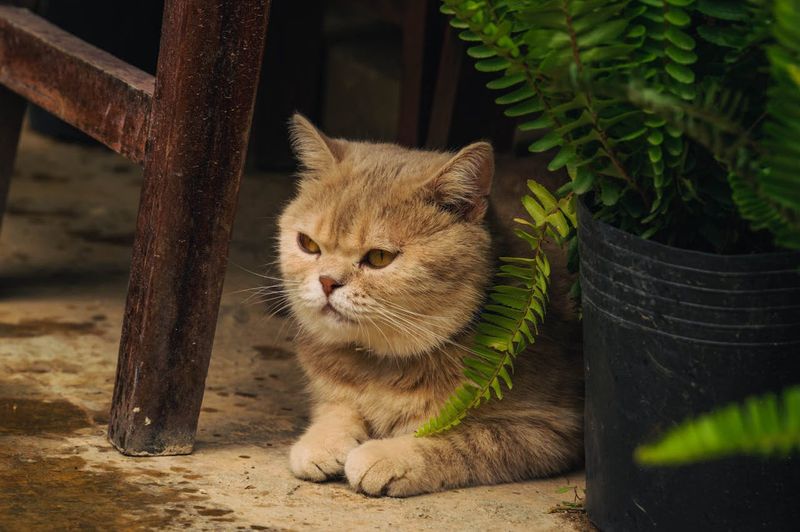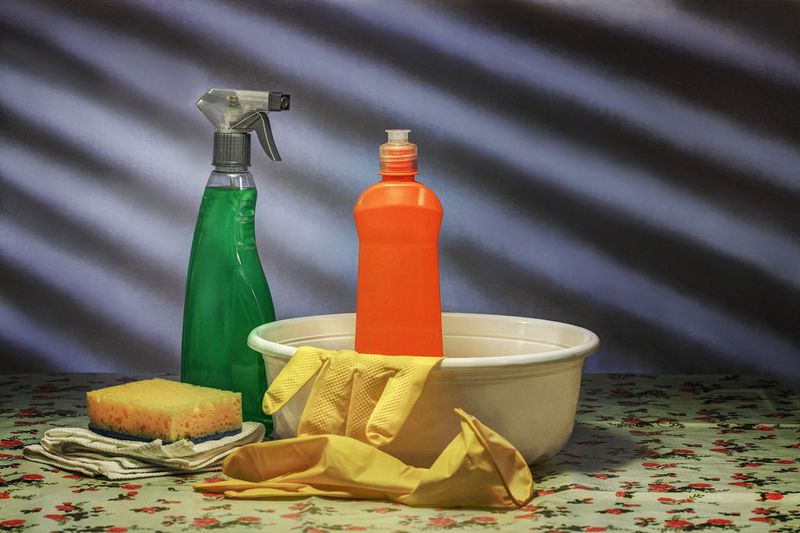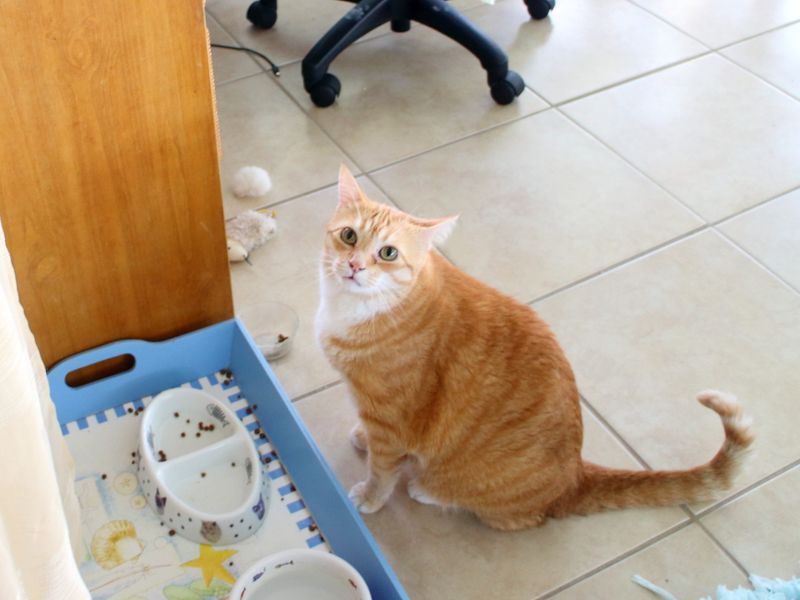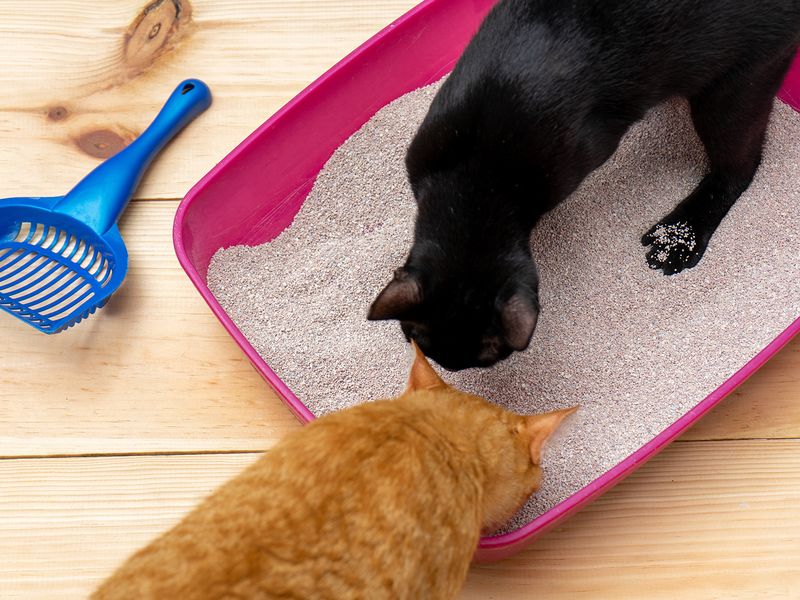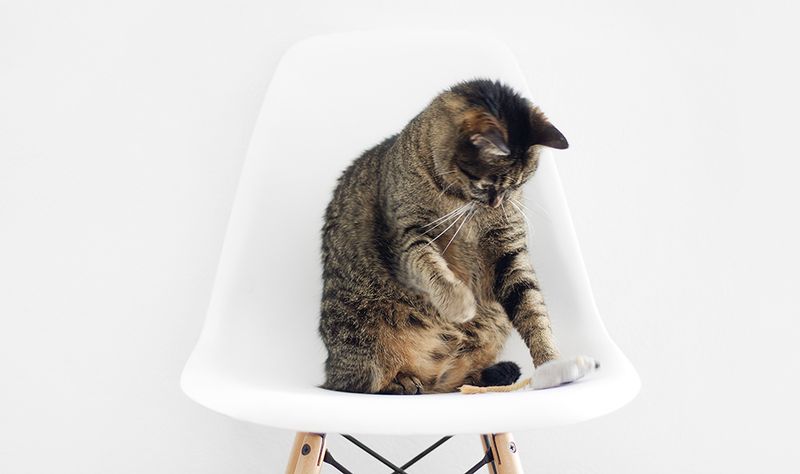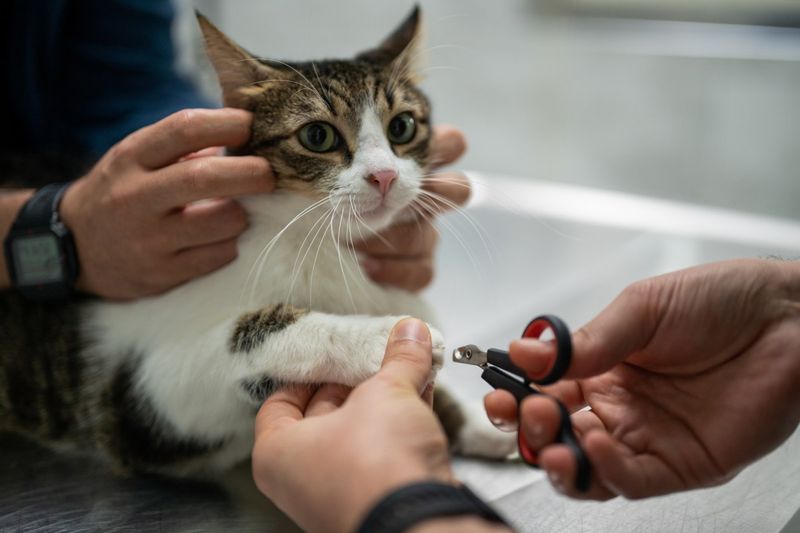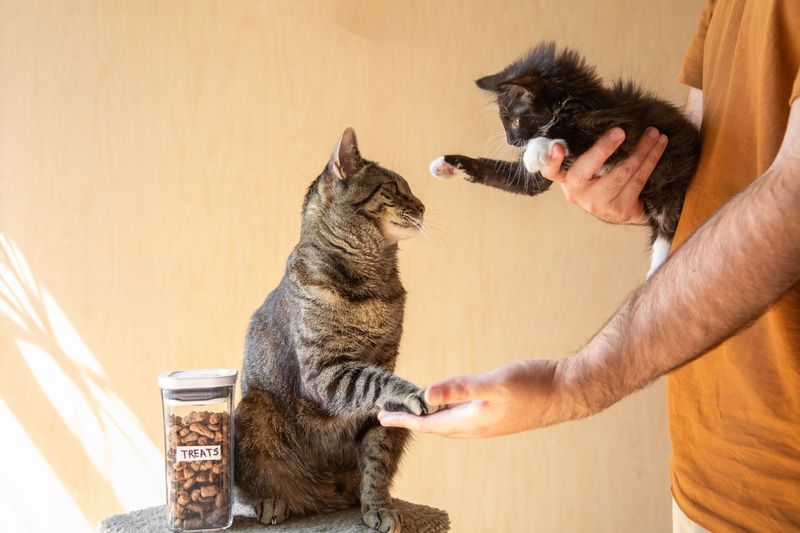📖 Table of Content:
Cats have a mysterious reputation—independent, graceful, and seemingly unbothered by the world around them. But behind their composed exteriors lie complex emotional and physical needs that often go unnoticed. As cat guardians, even our best intentions can lead to overlooked stressors or discomforts that impact their daily lives.
While it’s easy to focus on the basics—feeding, grooming, and routine vet visits—many subtle choices in a home environment or daily interaction can unknowingly chip away at a cat’s sense of security and comfort. What seems harmless or minor to a human might be a major stressor for a feline, whose instincts and sensitivities differ greatly from ours.
By becoming more attuned to these hidden issues, we can create a more enriching and peaceful life for our cats. From how we clean our homes to the way we manage their routines, small adjustments can go a long way in ensuring they not only survive—but thrive. Here are seven surprising ways you might be making your cat’s life harder without realizing it.
1. Neglecting Mental Stimulation
Boredom in cats is more common than many realize, and it can manifest as lethargy, aggression, or even destructive behaviors like scratching furniture or obsessive grooming. Unlike dogs, cats often entertain themselves quietly, making it harder to spot when their environment is lacking stimulation. Providing only food and a place to sleep isn’t enough to meet their cognitive needs. Enrichment tools such as window perches, treat puzzles, and hunting-style toys encourage natural behaviors and keep their minds sharp. Changing the location of furniture or introducing cardboard boxes can provide new environments to explore. Without these mental challenges, cats may suffer silently, their vitality dulling over time. Keeping their environment mentally engaging is as essential as ensuring they’re physically well.
2. Using Strong-Scented Cleaning Products
Few people stop to consider how overpowering everyday household products can be to a cat’s sensitive nose. Cats have around 200 million scent receptors—far more than humans—making them acutely affected by fragrances we might barely notice. Air fresheners, essential oils, and scented cleaning agents can cause everything from respiratory irritation to behavioral avoidance of certain areas. Some cats may even refuse to use a freshly cleaned litter box if the scent is too strong. Natural-smelling or unscented products are better tolerated and safer in general. Especially dangerous are essential oils like eucalyptus and tea tree, which can be toxic when inhaled or absorbed through the skin. Prioritizing odor-neutral, pet-safe products can make a significant difference in your cat’s comfort and health.
3. Inconsistent Feeding Schedule
Routine is a form of security for cats, and erratic mealtimes can generate stress and confusion. Though cats may appear indifferent, their bodies and minds function best with a predictable schedule. Sudden changes in feeding times can lead to overeating, under-eating, or gastrointestinal upset. Cats also form associations between mealtime and their human’s presence, reinforcing bonding and structure. Skipping meals or leaving out food all day can disrupt their natural rhythm and reduce interest in eating altogether. Transitioning to a set meal plan can help regulate digestion and behavior. More than convenience, consistency offers them a sense of order in a world where they control so little.
4. Overcrowding the Litter Box Area
Placing a litter box in a cramped or busy space might seem efficient for you, but for a cat, it can mean discomfort and avoidance. High-traffic zones, loud appliances, or locations without escape routes create an unsafe atmosphere for such a private activity. Cats prefer quiet, low-stress environments to relieve themselves, and being unable to do so can lead to accidents or even urinary health issues. In multi-cat households, competition for limited litter boxes can foster territorial disputes or stress-induced avoidance. The ideal setup involves having multiple boxes in different, calm areas of the home. Cleanliness, accessibility, and location are just as critical as quantity. When their basic needs are respected, cats feel safer and more secure in their own territory.
5. Ignoring Subtle Signs of Illness
Symptoms of discomfort in cats often show up as minor shifts in behavior that are easy to dismiss. A once-playful cat who suddenly avoids interaction or a fastidious groomer who stops caring for their coat might be quietly struggling. Unlike dogs, cats tend to mask their pain due to their evolutionary instincts as solitary hunters. Even reduced appetite, decreased energy, or a change in vocalization can indicate a deeper problem. Waiting for more “obvious” signs often results in a condition worsening before a vet visit is scheduled. Paying close attention to these changes, however subtle, can be lifesaving. Early intervention often leads to better outcomes and less stress for everyone involved.
6. Declawing or Lack of Scratching Options
Removing a cat’s claws is not a simple cosmetic procedure—it’s the equivalent of amputating part of each toe, and it can lead to lifelong physical and emotional problems. Cats rely on scratching not just to sharpen claws but to stretch, mark territory, and relieve stress. When scratching options are absent or discouraged without alternatives, behavioral issues tend to follow. Providing scratching posts, pads, or vertical surfaces around the home encourages healthy habits. Materials like sisal, cardboard, and carpeted towers cater to different preferences. Scratching is a natural feline behavior, not a nuisance to eliminate. Respecting this need with positive solutions preserves both your furniture and your cat’s well-being.
7. Forcing Social Interaction
Every cat has a unique social threshold, and imposing cuddles or constant interaction can cause unnecessary stress. Unlike dogs, cats may not crave attention on demand and may retreat or act out when overstimulated. Well-meaning guests or children who chase or pick them up without consent can erode their sense of safety. Creating environments where cats can hide, observe, and emerge on their own terms fosters confidence and calm. Instead of forcing affection, watch for signs like tail position or purring to gauge readiness. Offering space, respect, and gentle invitations can deepen your bond far more than insistence. Emotional safety, like physical safety, is key to a happy cat.

